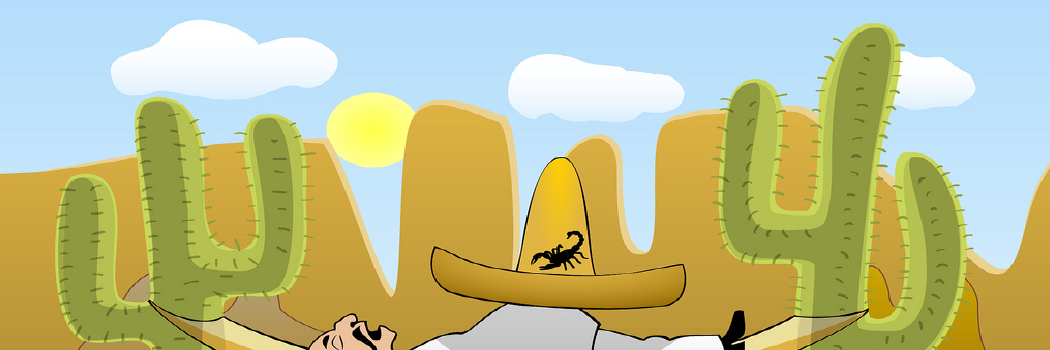Pretty eLearning
 Really good online learning content is the holy grail of the L&D profession. We are quite rightly obsessed with producing content that helps our users acquire the skills or knowledge that they need to perform better in their roles. However, as an industry I believe we have lost our way a little in what that actually means and we have become entranced with the idea that good eLearning needs to be good looking. We seem to think that visual design is more important than instructional design or user experience.
Really good online learning content is the holy grail of the L&D profession. We are quite rightly obsessed with producing content that helps our users acquire the skills or knowledge that they need to perform better in their roles. However, as an industry I believe we have lost our way a little in what that actually means and we have become entranced with the idea that good eLearning needs to be good looking. We seem to think that visual design is more important than instructional design or user experience.
This is a problem. I want to explore why I think this has happened and suggest some strategies for dealing with it.
The problem: Visual design as king.
In initial kick off meetings words like ‘engaging’, ‘visually appealing’ and ‘innovative’ keep popping up. What is often meant is usually one or more of the following:
- We’re spending money on this and I want to look good to my superiors
- The users need to be trained and it might as well look good
- The topic is dry (which is a euphemism for ‘I think it’ll be boring’) so it needs to look good to capture the audience
- I saw another course that looked really good and I want this one to be like that.
The reason for this thinking is that it’s actually very easy to remember pretty learning content. It’s also easy to recall poor, ugly eLearning. The boring stuff very often isn’t well designed on any level, but the level we can easily describe is visual. From this point we start to fixate on the visual. We invent good looking and innovative navigation, we get the colour palette right, we create scenes and characters that really resonate with our test users, we go to agencies to create our artwork. (All of these things are valid by the way.) We then populate it with our content…
Wait – we do what? We populate the content into the design. Surely the content should inform and lead the design? Surely the activities, tools and systems we’ve developed to help the users perform their roles better should be front and centre in all our thinking? You’d think so but no. We’ve become tied so strongly to our visual design that the learning content must fit into it.
A solution: Think about what good is.
Visual design is important, but it’s a tool in a toolkit not an end to itself. To work out what good is you need to think back to the last really effective piece of learning content you consumed. Don’t limit yourself to traditional eLearning, but think of anything you learnt online. Ask yourself:
- What made it good?
- Why was it effective?
- What did you learn?
If you can’t answer the last question, you need to pick something else because your choice probably wasn’t that good. I’m willing to bet that you won’t remember the visual design, you’ll remember the outcome. You’ll remember the feeling you had when you solved the problem, achieved the difficult task, or got praise for your work. Really good learning content should become almost invisible because it’s the outcome that is important: You can do something that you couldn’t do before.
So what did make it good? Here are my suggestions:
- It was relevant to the problem you had
- It was focused to your need and was on your level
- It was available when you needed it
- It was interesting – it motivated you to keep going and kept your interest
- It was non-judgemental – it let you try and fail and try again
- It was instructionally sound
Conclusion
You will have noticed that visual design doesn’t come into the list of something being ‘good’. We talk about knowing what good looks like. I think we’re doing ourselves a disservice here. We should be talking about what good is. Our learning content design should be focused on being effective for our end users utilising good practice in instructional design and user experience. Looking good is a bonus, but not the objective.


So true! I like the last line 🙂